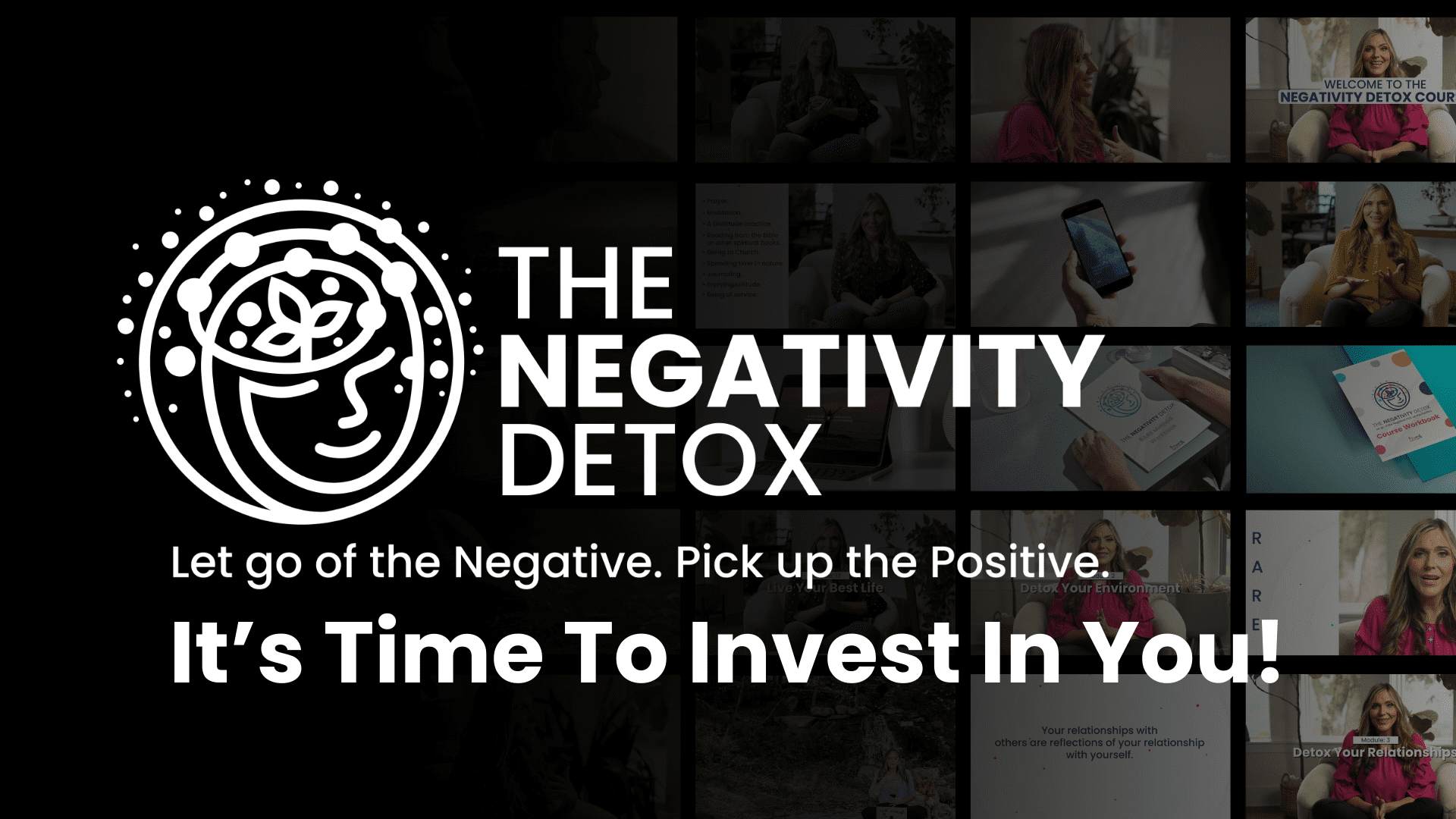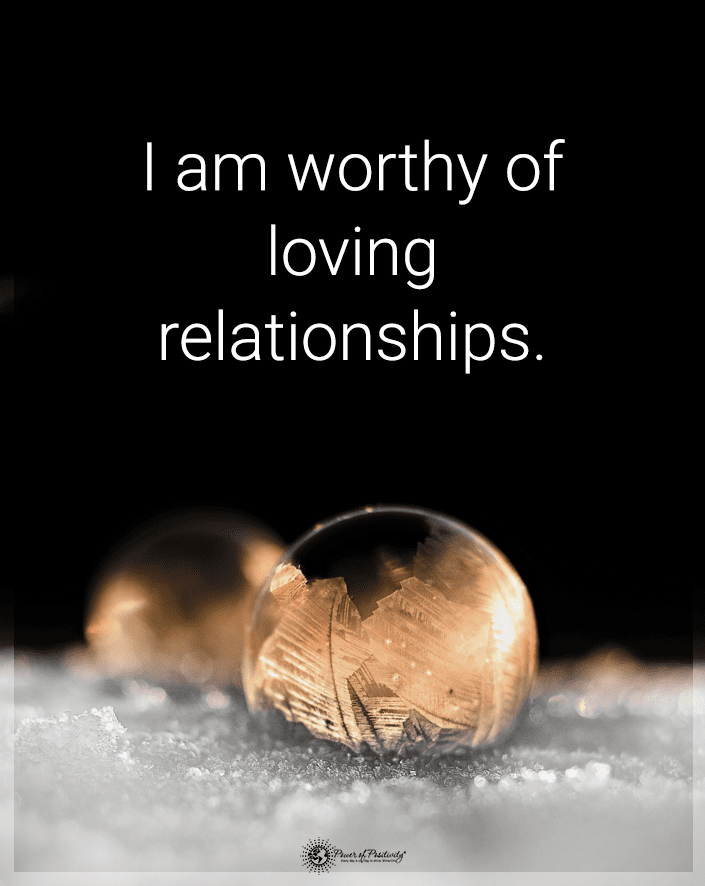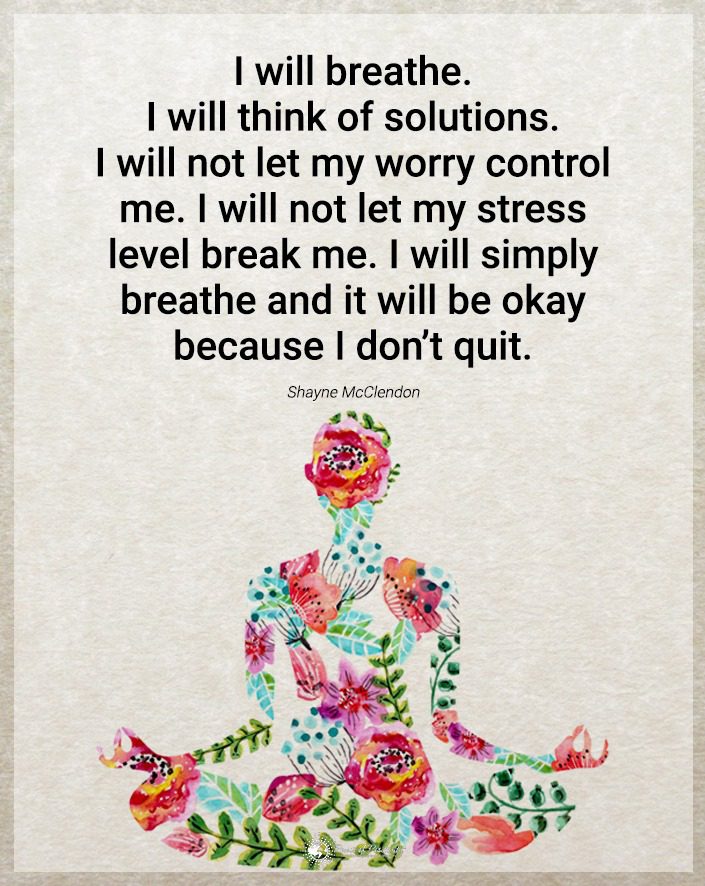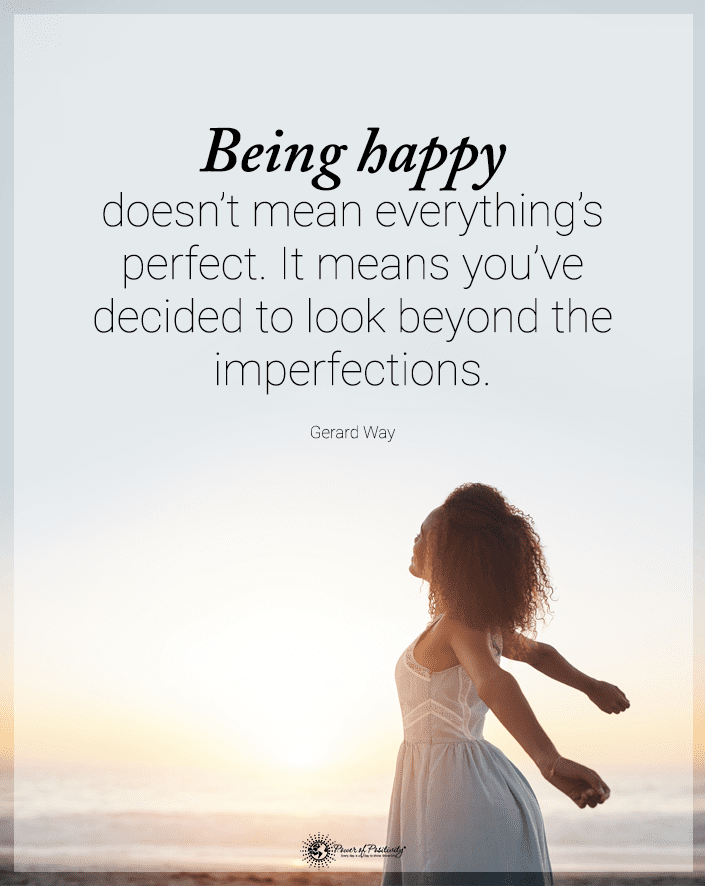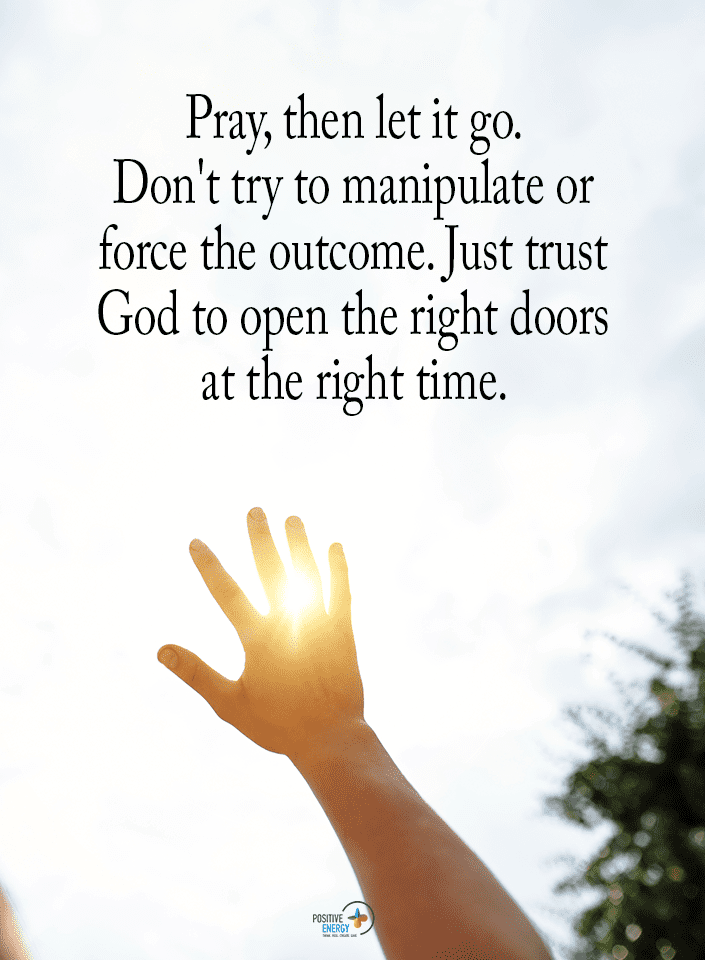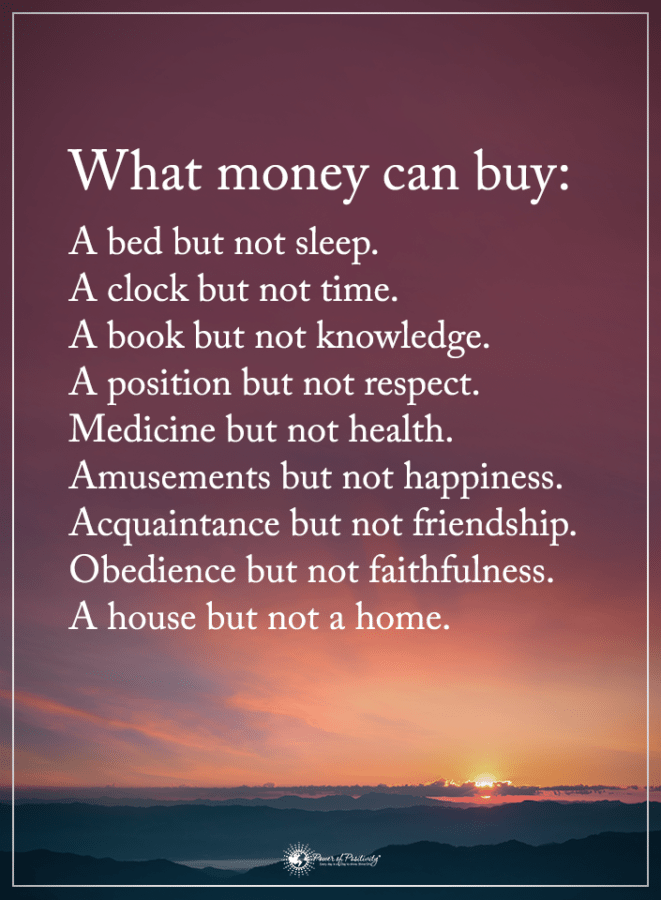Spot the behaviors of a man with a heart full of unspoken love.
The expression of love extends far beyond the spoken word. While grand declarations and poetic confessions have their place, the true depth of a man’s love is often revealed in actions and gestures unaccompanied by words. Understanding these non-verbal cues is key to deciphering the language of love many men naturally resort to. They loudly express their affection, care, and commitment in these unspoken moments.
The language of love, sometimes without words, can be nuanced and layered. In their unique ways, men demonstrate love through actions and behaviors that might go unnoticed unless looked for with a keen eye and an open heart. It could be in the steadiness of their support, the practicality of their gifts, or their presence’s silent strength. These gestures each express love as clearly as any verbal declaration.
NOTE: Please check out our companion article if you want to know how a woman may show unspoken love.
10 Ways Men Reveal Love Without Using Words
This article explores ten specific behaviors that are emblematically male in their approach to expressing love without words. From the protective instincts to the attentive gestures, each aspect offers insight into the heart and mind of a man in love.
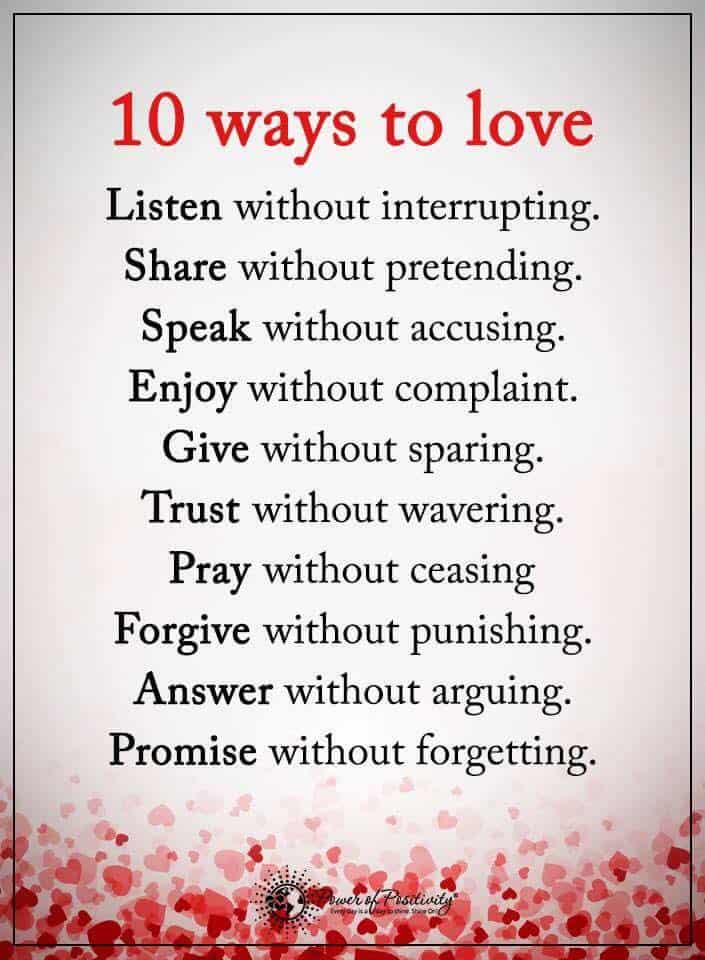
1 – Providing Support
When expressing love, men often communicate their affection through unwavering support. This support can manifest in various forms, tailored to their partner’s needs and situations. It’s how a man stands by his partner’s side during challenging times. It might also be a shoulder to lean on and his strength and resilience. This supportive nature goes beyond mere presence. Rather, it actively engages him in helping their partner through personal difficulties.
He also stays steadfast in less turbulent times. It could be in his encouragement for his partner’s career aspirations, supporting their decisions, or even in how he listens and offers thoughtful advice. Men often show their love by being their partner’s biggest cheerleader, celebrating their successes, and encouraging them to pursue their dreams. This behavior is a testament to their commitment and care, demonstrating a desire to see their partner happy and fulfilled.
2 – A Man in Love Performs Acts of Service
For many men, love is often expressed through acts of service. This involves doing things they know will make their partner’s life easier or more enjoyable. It’s not just about grand gestures but the everyday acts that show thoughtfulness and care. These can range from simple tasks like cooking, fixing a leaky faucet, or taking over household chores to give their partner a break. The practical, tangible things often speak volumes about a man’s affection.
These acts of service are non-verbal, saying, “I care about you, and I want to make your life better.” They are willing to put effort and time into their partner’s well-being. For men who express love through acts of service, actions speak louder than words. Their love is showcased in their dedication to contributing positively to the relationship and their partner’s life.
3 – Physical Presence and Availability
One of the most significant ways men express love is through physical presence and availability. Being there for their partner, especially during important moments, is a powerful non-verbal expression of love. It’s not just about being physically present but emotionally and mentally engaged. When a man makes an effort to be there for his partner. That might mean attending important events or being a companion in moments of solitude. It could also simply be spending quality time together. It signifies his commitment and affection.
Physical presence also encompasses being available in times of need. It’s about prioritizing his partner, ensuring they know he’s there for them, ready to offer support or companionship. Other times, he offers a listening ear. This consistent availability and willingness to be present in all aspects of his partner’s life underscore a deep level of care and connection, illustrating that his partner’s happiness and well-being are paramount to him.
4 – Protective Gestures
The instinct to protect is often a profound expression of love in men. This protective nature can be both subtle and overt but always stems from a deep-seated desire to ensure the safety and well-being of their partner. It’s not about being overbearing or controlling; it demonstrates care and concern. Protective gestures can range from physical acts, like ensuring their partner is safe while walking at night, to more emotional forms of protection, such as defending them in difficult situations or shielding them from unnecessary stress.
This behavior is rooted in the instinct to create a safe and secure environment for their loved ones. It’s evident how a man might casually position himself between his partner and a perceived threat or offer assistance when he senses his partner is uncomfortable or in danger. Often done without much fanfare, he silently affirms, “I am here for you, and I will keep you safe.”
5 – A Man in Love Pays Focused Attention
A man in love often expresses his feelings through focused attention. This means giving his partner his undivided attention when they are together, showing that he values their company and conversation above all else. It’s in how he puts away his phone during dinner, turns off the TV when his partner shares something important or listens intently to what they have to say. This focused attention is a non-verbal affirmation of his partner’s importance.
This behavior goes beyond just listening; it involves engaging with his partner and showing interest in their thoughts, feelings, and daily experiences. It’s in how he remembers the small details of what his partner says and brings them up later, showing that he genuinely cares and pays attention. This level of attentiveness fosters a deeper emotional connection, making his partner feel seen, heard, and truly appreciated.

6 – Offering Quiet Encouragement
Encouragement doesn’t always have to be verbal. Men often use non-verbal cues to express their support and motivate their partners. This can be seen in gestures like a reassuring nod during a challenging task, a smile of confidence before a big event, or a thumbs-up sign after a significant achievement. These small actions are powerful ways of saying, “I believe in you,” boosting their partner’s confidence and morale.
This encouragement also includes being present at events or activities important to his partner, even if he may not verbally express his support. His presence alone is an endorsement of his partner’s endeavors. It’s also about celebrating achievements that resonate with his partner, whether through a celebratory hug, a shared smile, or simply being there to share the moment. This non-verbal encouragement is a testament to his investment in his partner’s happiness and success, demonstrating love through a foundation of unwavering support.
7 – A Man in Love Enjoys Spending Quality Time
Participating in fun activities together is a significant way men often express their love. Engaging in hobbies or interests together, especially those he is passionate about is a sign of a man’s desire to integrate his partner into all aspects of his life. It’s about creating shared experiences. Perhaps it’s a sport he loves, a movie genre he enjoys, or a hobby, he’s passionate about. Inviting his partner into these aspects of his life means saying, “I want to share my world with you.”
This participation is not just about the activities but the bonding and the memories created during these times. It might be teaching his partner how to play a favorite game or working on a DIY project. Or it might be travel to new places and experiences as a couple. These shared activities foster a sense of companionship and teamwork. Thus, they strengthen the relationship by building a repertoire of shared experiences and inside jokes. This behavior shows his willingness to share his interests and be part of his partner’s hobbies, demonstrating deep involvement and commitment in the relationship.
8 – Physical Touch
Physical touch is a powerful non-verbal expression of love, and many men naturally use it to convey their feelings. This doesn’t necessarily mean grand gestures of affection but often includes more subtle forms of touch. A gentle caress, holding hands, a reassuring pat on the back, or a protective arm around the shoulders can all indicate love and affection. These touches are ways of physically connecting, offering comfort, and establishing a sense of closeness.
This touch is often a way for a man to communicate his love in a way that words cannot fully express. It’s a silent message of care, support, and protection. Physical touch can also be a source of comfort in times of stress or sadness, providing a sense of security and understanding. It becomes a way to share joy and excitement in moments of happiness. Through these small, physical connections, a man can strengthen the emotional bond with his partner, creating a sense of intimacy and affection that is deeply felt.
9 – A Man in Love Does Gift-Giving
While often associated with materialism, when done thoughtfully, gift-giving can be a significant expression of love from a man. It’s not about the value or size of the gift but the thought and intention behind it. A man in love might give practical and useful gifts, focusing on his partner’s needs and preferences. It could be something as simple as bringing home their favorite snack or as thoughtful as a book by an author they love.
These gifts are a non-verbal way of showing he cares and thinks about his partner. It’s about noticing what makes them happy or what they need. It may also be knowing their wishes. But then, they take the initiative to provide it. This behavior tangibly expresses love. It proves that he is attentive to his partner’s desires and wishes. Thoughtful gift-giving is a way for a man to show that he cherishes his partner, offering tokens of affection that remind him of his care and thoughtfulness.
10 – Creating a Safe Space
One of the most heartfelt ways a man expresses his love is by creating a safe and comfortable environment for his partner. This goes beyond physical safety; it encompasses emotional security as well. A man in love often takes steps to ensure that his partner feels safe, valued, and free to be themselves. This could mean creating a home environment where his partner feels relaxed and at peace, or it might be about providing emotional safety through his actions and words.
Creating a safe space involves being a reliable and trustworthy partner who can be counted on in times of need. It’s about being a stable force in his partner’s life, offering consistency and comfort. This behavior is his saying, “You are safe with me, and I am here for you.”
Whether it’s ensuring that the house feels like a home or being an emotional anchor during challenging times, these actions demonstrate a deep commitment to the well-being and happiness of his partner. By creating this safe space, a man shows his love and builds trust and mutual respect.
Final Thoughts of How a Man Reveals His Unspoken Love
The unspoken often speaks louder than words. Through this exploration of ways men express their affection without saying a word, it becomes clear that love can be communicated in many forms. From unwavering support to creating a comforting and safe space for their partner, men have unique ways of showing love. These actions, whether acts of service, physical presence, or the creation of shared memories, all hold significant meaning in the language of love.
It’s important to remember that every individual is different, and so are their expressions of love. These behaviors are not one-size-fits-all, but they offer insight into the common non-verbal ways men express their affection. Recognizing and appreciating these expressions is crucial in understanding the depth and sincerity of a man’s love.




